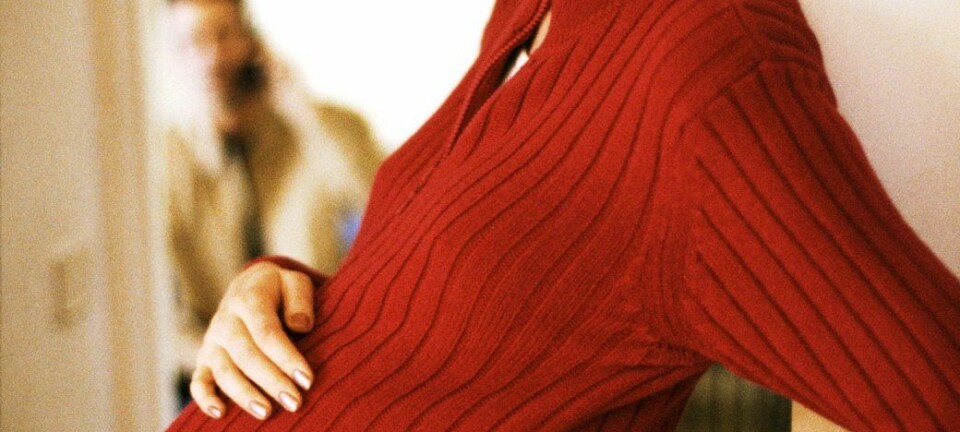
Fewer women tore when giving birth at home
Fewer women suffer perineal trauma – a tearing or needing to be snipped, when deliveries are at home instead of hospitals or clinics.
Malin Edqvist has studied nearly 3,000 home births in the four Nordic countries Norway, Sweden, Denmark and Iceland in the years 2008–2013. These were planned home births and the midwives and expectant mothers had met ahead of time.
The share of women who suffered damage to the anal sphincter muscle in these home births was as low as 0.7 percent, shows the study from the University of Gothenburg.
By comparison, according to the Norwegian website Norsk Helseinformatikk, 2.4 percent of all women who give birth suffer such damage to the rectal-vaginal tissue during birth. This can cause serious problems that linger long after the delivery of the child.
Not fully representative
Women who give birth at home are not really representative of all women having babies. They have not had complications during their pregnancies designating the need for a hospital or clinical birth where obstetricians are at hand. They have the health and gumption to take more control and responsibility for this staggering event.
“Even though this is a group with fewer risk factors, 0.7 percent injuries is very low," says Edqvist in a University of Gothenburg press release.
The researcher found that births given at home tend to go more smoothly than in hospitals. The women obtain more contact with the midwife, who in turn gets a somewhat different role in the woman’s home than at the hospital, explains the researcher to the Swedish news website svt.se.
Another difference is that women bear down and exert pressure more on their own impulse than from the urging of the midwife when they are home. This can help reduce tissue damage. The study also shows that the positions they take while giving birth are also more flexible at home than in hospitals.
Norwegian study shows the same
A Norwegian study from 2015 also shows that there are generally fewer complications involved with home births than at clinics and hospitals.
Professor Ellen Blix compared women with low risks of tissue trauma or injury during the birth with comparable women planning for deliveries at hospitals.
The women who gave birth at home were less prone to suffering complications such as perineal tears and haemorrhaging.
“The numbers from my research show that it isn’t riskier for women to give birth at home when they have had low-risk pregnancies. Of course, this is on the condition that they can be moved to a hospital should complications occur,” said Blix to the Norwegian Broadcasting Corporation.
Many end up in hospitals
Another study by Blix showed than one in three women who are having their first child and intend to have a home birth end up in hospitals anyway.
The most common reason is that they are in labour too long, the birth goes too slowly. Other conditions that call for a hospital birth despite plans for one at home is discolouration of the amniotic fluid, a foetus in the wrong position (such as a breech position) or that the woman suffers so much pain that anaesthetics are called for.
Trying to imitate home births
The Swedish researcher Malin Edqvist has also studied the prospects of transferring the positive aspects of a home birth into hospital environments.
She found that here too, when the midwife assumed another role and the woman could choose alternative positions, perineal trauma cases were also reduced in the hospital.
In the control group, 78 percent suffered such tears, as against 70 percent in the group where the midwife tried to simulate aspects of a home birth.
Feeling guilt and shame
The vaginal and anal openings are close together. In a rough birth a tear of tissue between them can rip the sphincter.
This is extremely painful for the woman right off. It can also cause bowel incontinence and make future intercourse painful.
The research at the University of Gothenburg shows that midwives experience a sense of guilt and shame when births go badly in this way. They feel like inferior midwives.
“It’s essential for these issues to be discussed,” says Malin Edqvist.
-------------------------------------
Read the Norwegian version of this article at forskning.no
Translated by: Glenn Ostling







